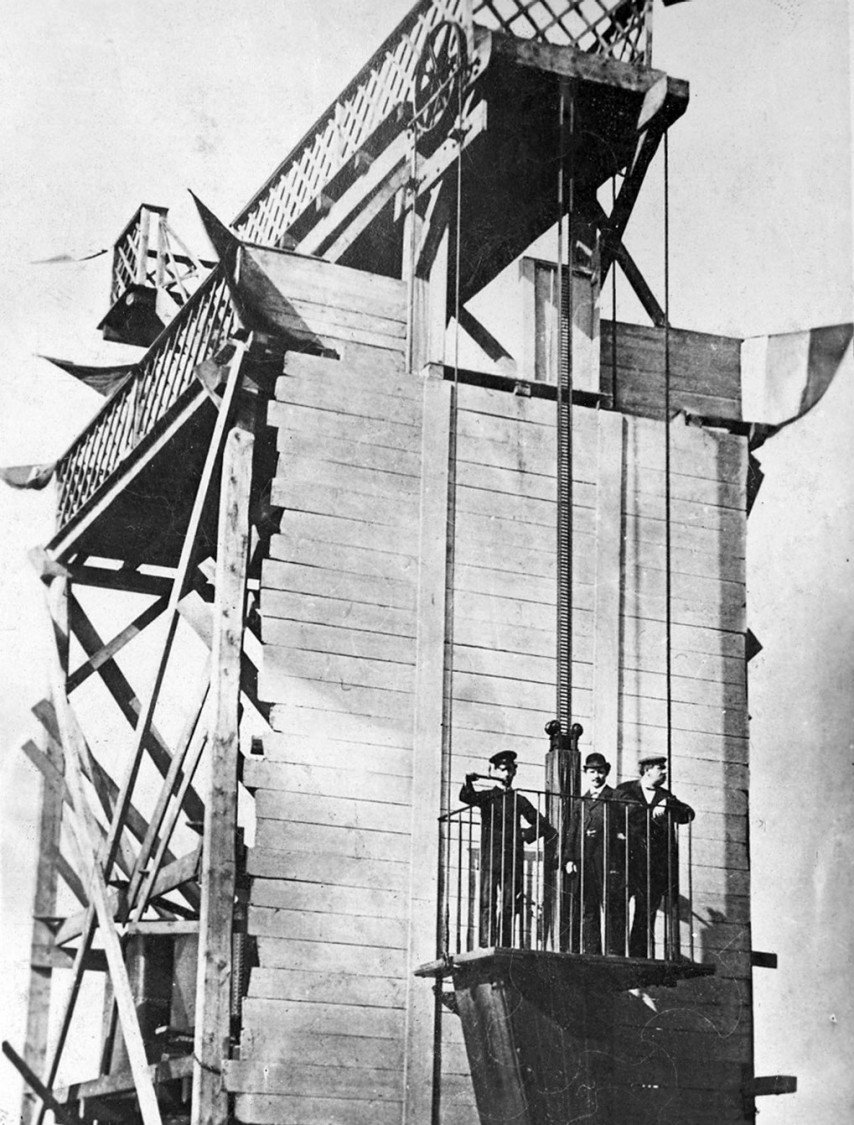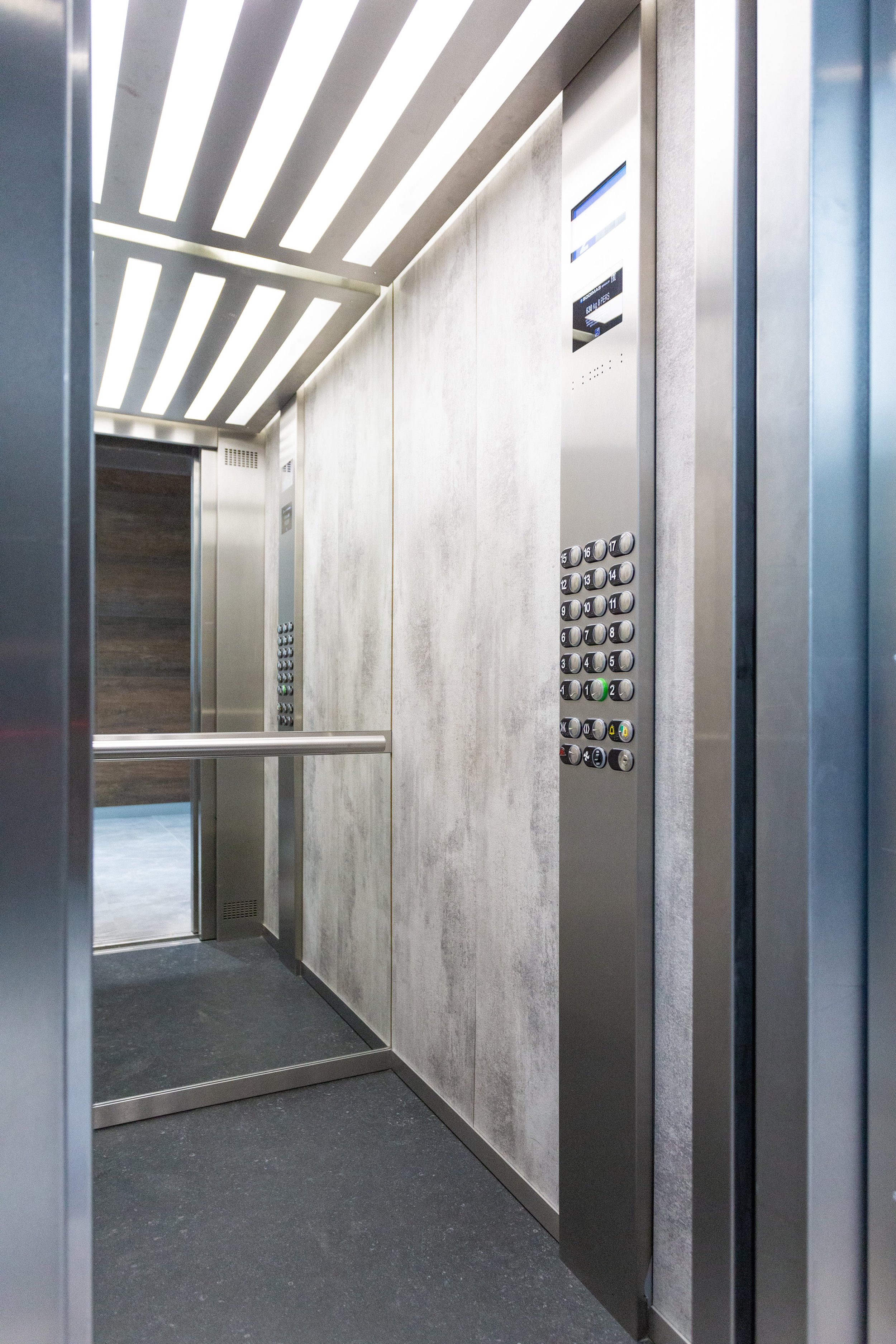Engineering in History - Frank J. Sprague Spotlight
Known as the “Father of Electric Traction”, Frank Julian Sprague was an electrical engineer and inventor best known for his achievements in both horizontal and vertical transportation. Over a six-decade career, he would develop the commercial electric motor, the electric railway, and early electric elevators in skyscrapers. His developments in electric traction let cities grow larger, and the development of the electric elevator allowed for greater concentration in commercial sections and increased profitability of the buildings. A pioneer of the modern city, he is one of the greatest inventors in American history.
Born in Milford, Connecticut on July 25th, 1857 (he would be 165 today!), he was smart and studious from an early age. His mother died unexpectedly when he was only 8, and his father sent him to live with an aunt in New York (specifically North Adams, Massachusetts). Sprague focused intensely on his studies – specifically science and mathematics. After graduating from the U.S. Naval Academy in 1878 and spending two years at sea, he decided to pursue his electrical studies properly.
After a failed patent for an idea he called a “Dynamo Electric Machine”, Sprague had a chance encounter with Edward Hibbard Johnson. Johnson worked for Edison who, like Sprague, believed the possibilities and potential uses for electricity were endless. Sprague was hired by Edison and they worked together for a year before Sprague, worried that any invention he patented would be credited to Edison alone, branched out on his own.
In 1884 Sprague formed the Sprague Electric Railway and Motor Company. He soon developed a “constant speed”, non-sparking motor with fixed brushes – the first motor developed to maintain constant revolutions per minute under different loads. “Regenerative braking” was also introduced by him to regenerate or return power to the main supply systems of electric motor-driven equipment. Sprague’s main goal, however, was to incorporate these inventions on the transportation level; he achieved this goal in 1887 when his company was contracted to install the first electric rail system in Richmond, Virginia.
Developed from scratch, the Richmond Union Passenger Railway was completed in May 1888. The 12 mile, 40 car system was declared the world’s first full-scale commercial electric railway. By 1890 over 200 electric railways were in operation or under construction – half of which used Sprague equipment. America was not the only country that started on this trend of the future – systems in Italy and Germany were being built or developed in large numbers.
Not satisfied with just improving American travel on the horizontal level, Sprague established the Sprague Electric Elevator Company. Founded in 1890, development was focused on making the elevators faster than the slow hydraulic elevators that dominated the market at the time. After the first installation of his motor in the Postal Telegraph Building in 1894, Sprague improved elevator travel times at speeds comparable to those of modern-day elevators. This demonstration proved that vertical transportation by elevator could be just as fast as horizontal travel by train.
Robert C. Sprague (the oldest child from his second marriage) would live to carry on the family legacy of inventing by starting the Sprague Electric Company. An electric component maker, SEC was best known for manufacturing capacitors that were used across many industries (commercial, industrial, military, etc). Founded in 1926, the company also manufactured their own resistive components, magnetic components (such as transformers and coils), filter assemblies, semiconductors, and integrated circuits. Despite being bought out by Vishay Intertechnology, Inc. in 1992, the Spragues will continue to play a part in the field of electrical engineering for years to come.





